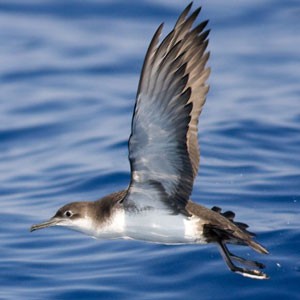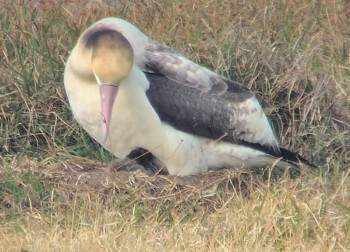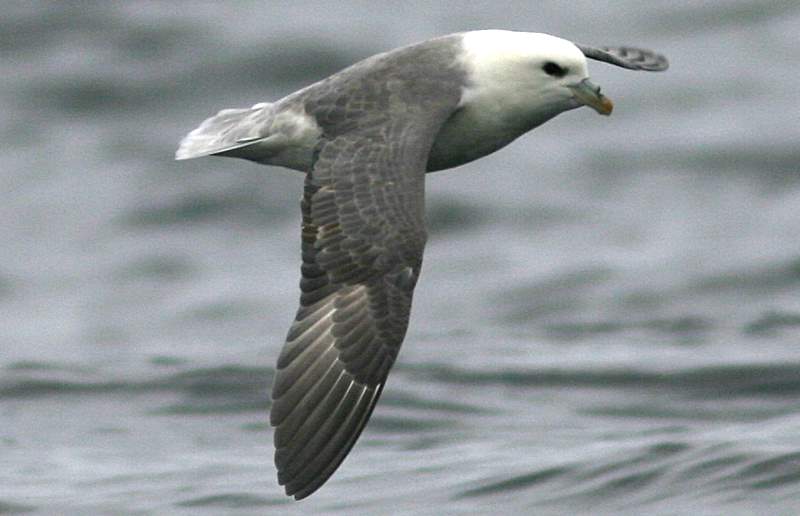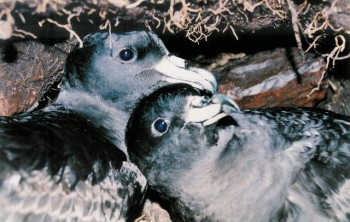An international workshop on Marine Important Bird Areas in Malta and the Mediterranean was held in November last year. The meeting was organized by the LIFE+Malta Seabird Project and BirdLife International and held in Gozo, Malta (click here).
A report on the workshop and a list of presentations made is now available.
A presentation made at the meeting by Thierry Micol and Bernard Deceuninck (LPO, France) discussed progress, including forming an international working group, towards a Species Action Plan (SAP) for the Yelkouan Shearwater Puffinus yelkouan, a seabird endemic to the Mediterranean and Black Seas. It is intended to hold a workshop in France this year, from which an SAP will be produced by 2017.

Yelkouan Shearwater
The Yelkouan Shearwater has been identified by ACAP’s Advisory Committee as a potential candidate for listing within the Agreement. The closely-related Balearic Shearwater P. mauretanicus, endemic to the Mediterranean, is an ACAP-listed species.
Reference:
Micol, T. & Deceuninck, B. 2016. LIFE Euro SAP Yelkouan Shearwater Puffinus yelkouan.
John Cooper, ACAP Information Officer, 19 January 2016

 English
English  Français
Français  Español
Español 


